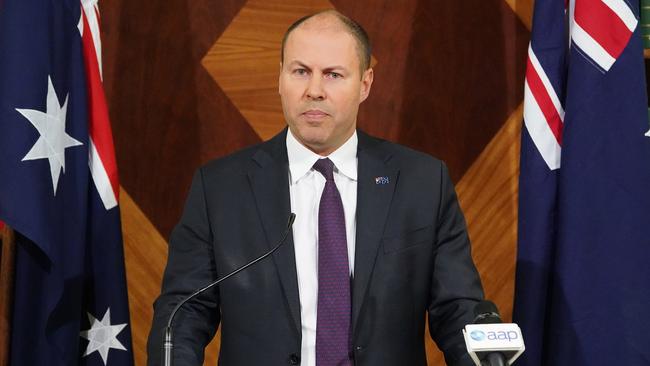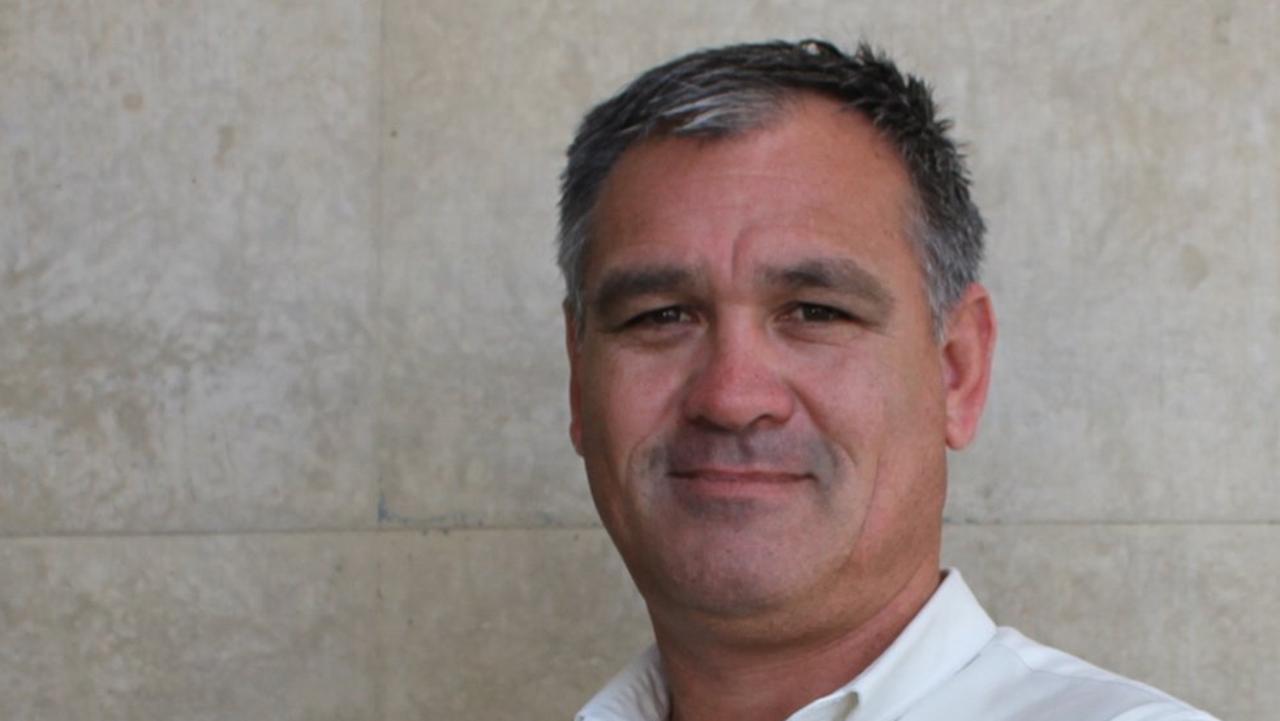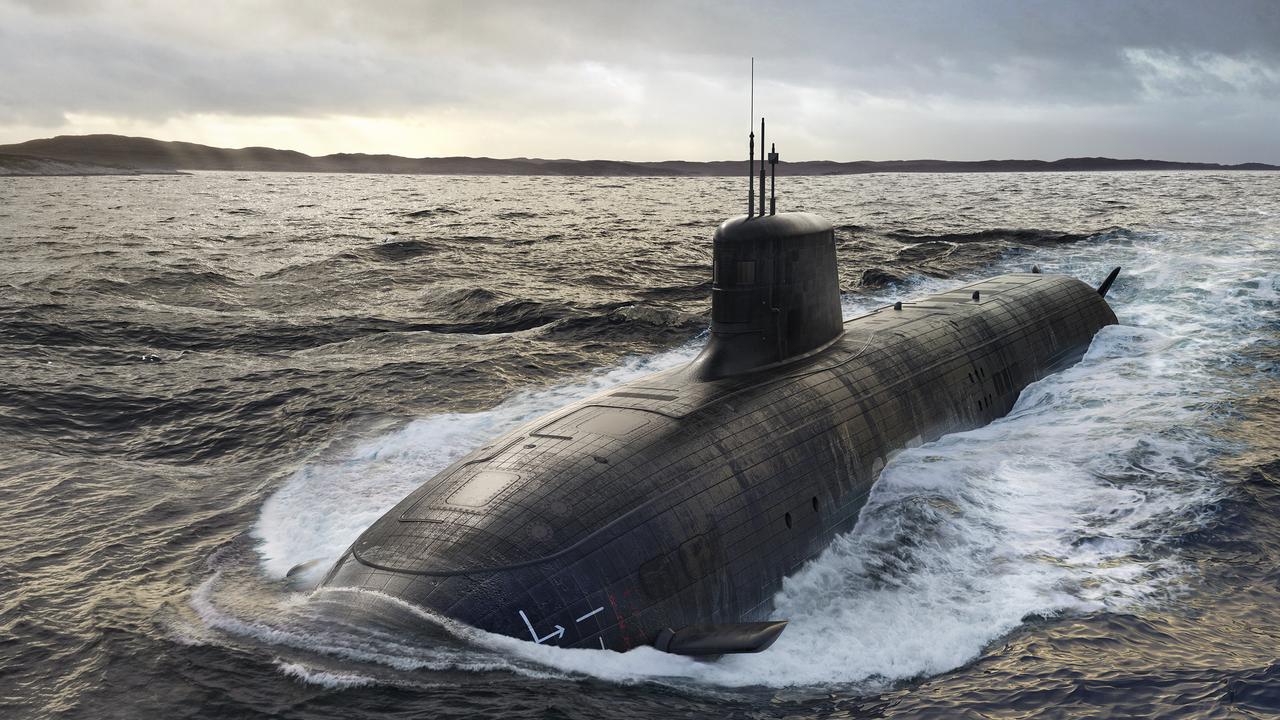Power and gas costs key to tax cut win
Action to reduce high power prices has emerged as the core demand from crossbench senators.

Action to reduce high electricity and gas prices has emerged as the core demand from a powerful group of crossbench senators in return for their support for the government’s flagship $158 billion personal income tax cuts package.
Rex Patrick, one of two Centre Alliance senators with crucial Senate votes, yesterday suggested the party was prepared to withhold support for the tax cuts amid concerns that any economic benefit would be wiped out by energy companies raising the cost of electricity and gas.
One Nation leader Pauline Hanson also outlined three reforms — a new high-efficiency, low-emissions coal-fired power station, a royal commission into family law and a water-diversion scheme — that she wanted the government to address before she considered income tax cuts for medium and high-income earners.
The Morrison government has the support of only one crossbench senator, the Australian Conservatives’ Cory Bernardi, for its entire income tax cuts plan and will need to win over at least three more crossbenchers to pass the package if Labor and the Greens remain opposed.
Senator Patrick last week met government Senate leader Mathias Cormann, Treasury, the Reserve Bank and Australian Competition & Consumer Commission chairman Rod Sims, who has raised concerns about a gas shortage over the next year, to discuss the party’s concerns about the potential stimulus provided by the tax cuts.
“Our concern focuses around rising energy costs consuming the tax return that Australians would otherwise get and leaving us back in the same position with a soft economy and less revenue,” Senator Patrick told The Australian yesterday. “We will be continuing to engage with Mathias Cormann in a positive manner, but when we went to the election we made it clear one of our key issues was to get down South Australian energy prices. We unfortunately have the highest energy prices in the country. I think it would be good for the nation if we could solve this problem.”
Treasury will provide Centre Alliance with economic modelling relating to energy prices after Senator Patrick said he was worried the department had not factored in the cost of electricity bills to its economic impact statement for the personal income tax cuts.
Senator Hanson is expected to control two Senate votes with the likely election of Queensland colleague Malcolm Roberts. The record-sized Senate crossbench will be reduced to six in the new parliament, meaning that without Labor and the Greens, the government will need to have One Nation or Centre Alliance or both on side to legislate its agenda. If one of the two parties fails to support the personal income tax cuts, the government will also require the support of incoming Tasmanian senator Jacqui Lambie.
Senator Hanson, who flip-flopped over company tax cuts, said the “modest” tax cuts that middle and high-income earners would receive over the short term would be “chewed up by the increased cost-of-living expenses like power and water”.
“If this government is serious about reducing the cost of living and building visionary infrastructure for all Australians, I’m suggesting they use up to $25bn of the ($158bn) set aside for proposed tax cuts and build the hybrid Bradfield scheme and at least one new HELE coal-fired power station,” Senator Hanson said.
“If there are three things (including the family law royal commission) I want to achieve before leaving parliament, the government now know what they are.”
Senator Cormann said the Coalition was committed to bringing electricity prices down through a new price safety net for consumers and measures to stop price gouging by the big energy companies that kick in next month. The Australian Energy Regulator was asked to introduce default prices by April 30, with savings to be passed on to families and small businesses by July 1.
The government will also revive its “big stick” legislation when parliament returns, which would force companies to guarantee supply and cut wholesale prices or risk being broken up.
Senator Cormann has repeatedly said the government would not split the personal income tax cuts package, as he comes under increasing pressure to pass stage one of the plan as a priority.
“Lower-income taxes for all working Australians will leave all Australians better off,” the Finance Minister said. “It boosts take-home pay, leaving them with more of their own money in their pocket and it strengthens our economy, helping to create more jobs. Anthony Albanese faces his first major test. Will he just persist with Bill Shorten’s politics of envy or will he show that he has learned the lesson from Labor’s loss and give all working Australians a fair go?”
Writing in The Australian today, Labor finance spokesman Jim Chalmers says his party is “eager to help pass the first tranche” of the income tax cuts, which will deliver Australians earning between $37,000 and $90,000 a tax cut of up to $1080.
Under stage two of the plan, the top threshold of the 19 per cent tax bracket increases from $41,000 to $45,000 from 2022.
The third and final stage of the plan sees the 32.5 per cent bracket replaced with 30 per cent, covering 94 per cent of taxpayers.


